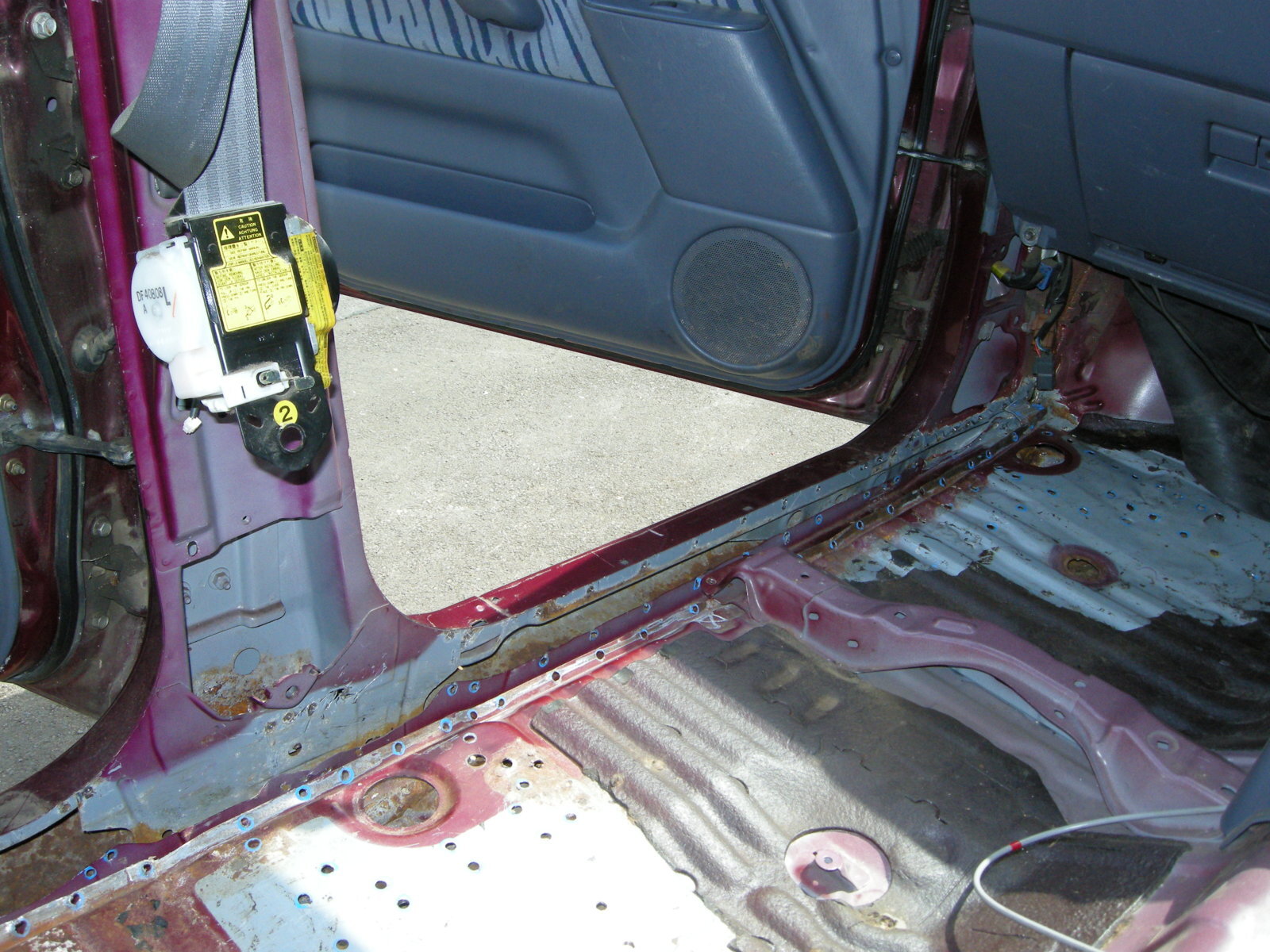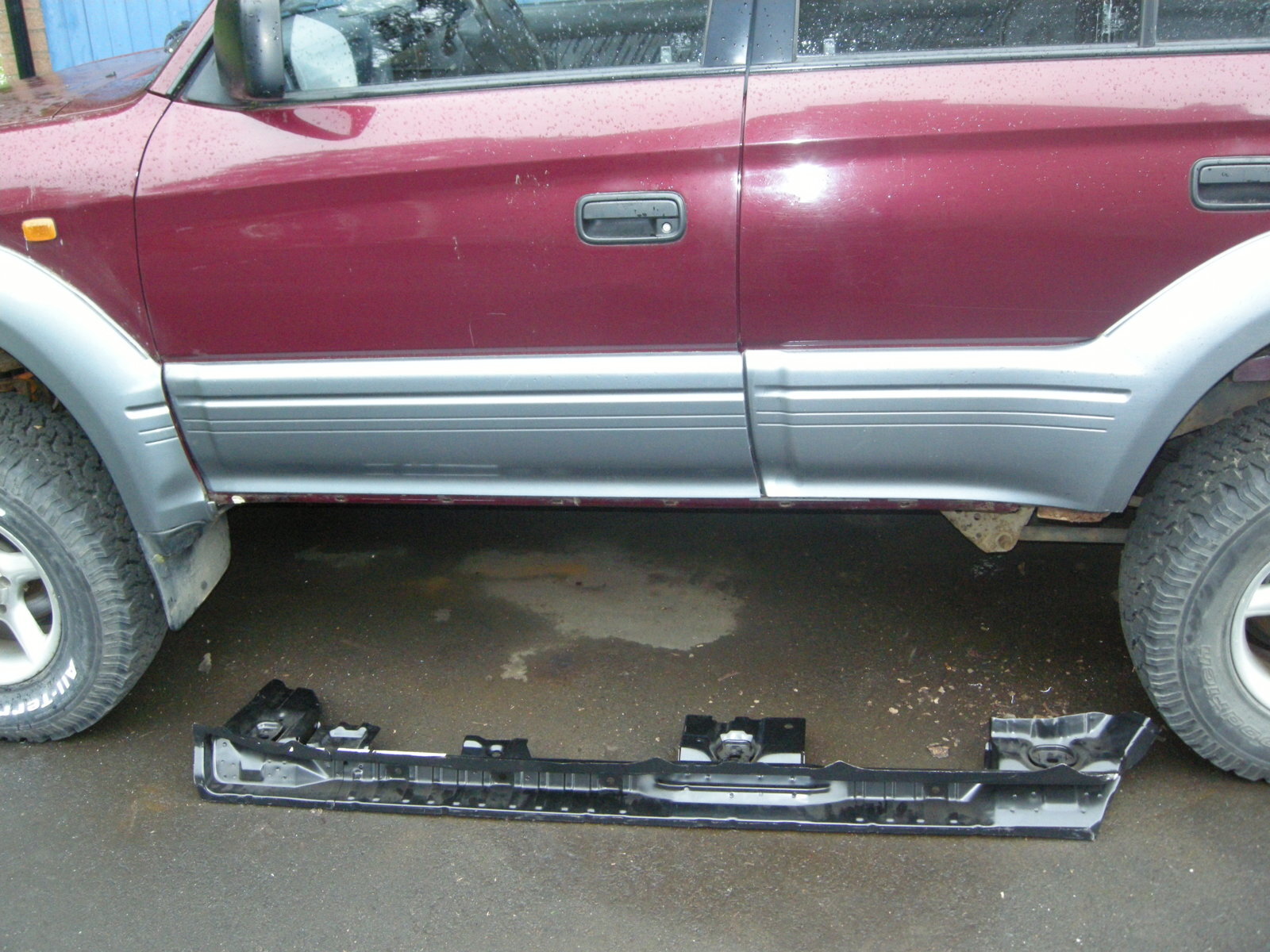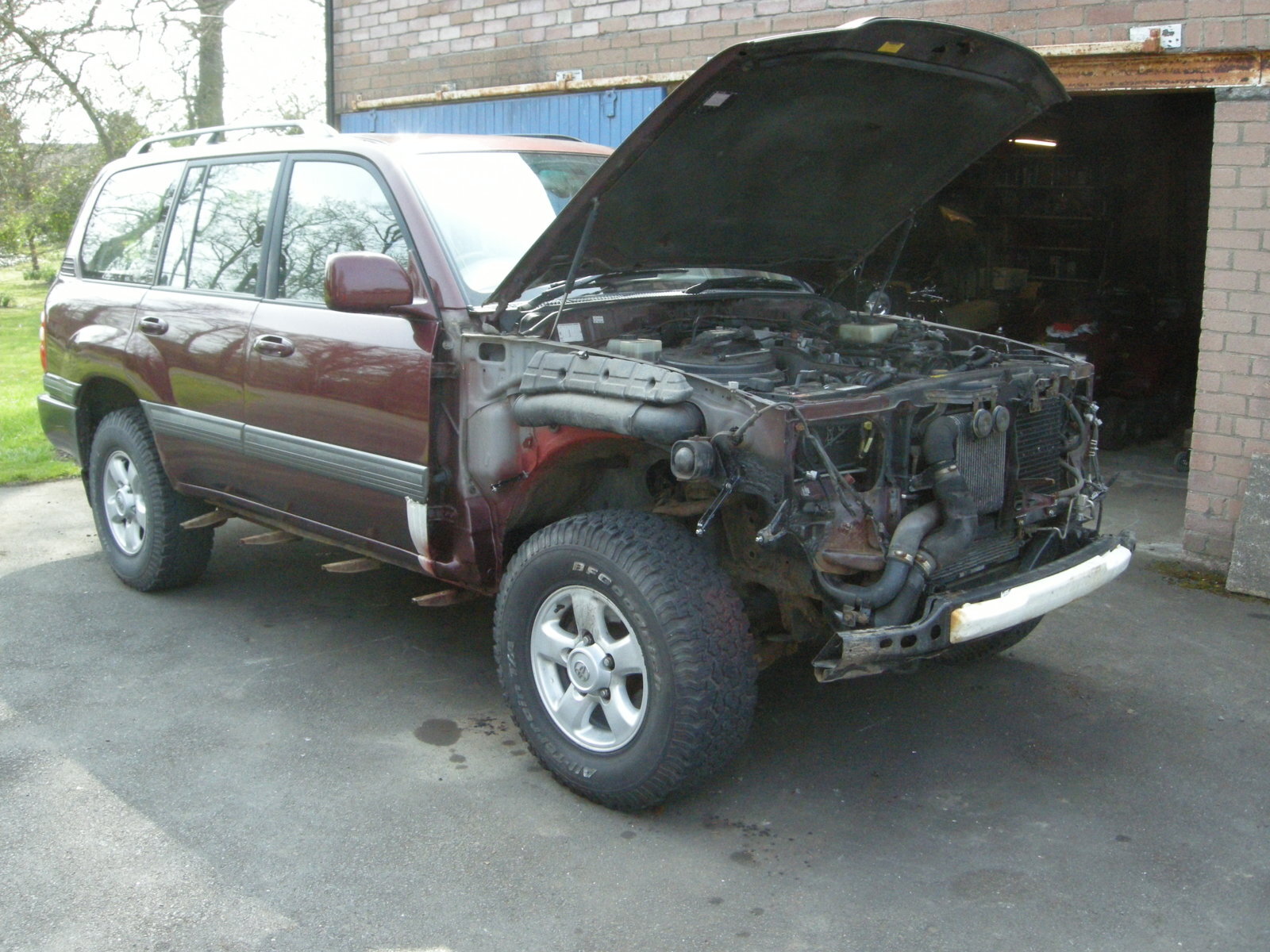I don't have Oxy, but I do use Butane, Propane and (best of all for small quick jobs) a MAP torch. One has to be careful though.
A year or so ago I bought an R-Tech 170A AC/DC TIG welder, having used a Migmate 150 MIG for over 20 years (I have an old stick welder as well). I haven't had much experience of TIG Welding yet but for thin sheet jobs (such as repairing a split Motorcycle tank or a mudguard) its just the job. I wish I'd bought the 200A model though, it is far easier to set-up and adjust. It needs a 16A supply (which I have in the workshop) which limits its portability and was the reason I went for the 170 as it runs from a 13A socket.
Like everything else though, once you start you realise there is a whole new world out there - different torch types & dimensions, different tungsten types & sizes, 'Gas Lenses' for the difficult access jobs (in different sizes) . . . Where do you stop. I now have a bucketful of parts and have to sit down with the manual before starting a job

.
I live on a farm and have access to a JCB (an 8052 5-ton 'mini'). They used to have a very old 3CX that was held together by gravity that I did a lot of work with. They also have a Merlo Telehandler that is very useful. One day I'll get my Zetor 6718 tractor back up and running, its Gray's Front Loader would be very useful at the moment.
Add to that my two lathes, milling machine, 30-ton press, air compressor & tools, drill press . . . I'm always busy

.
Keep posting pictures as you work on the cars - we like pictures

.
Bob.








 ).
).